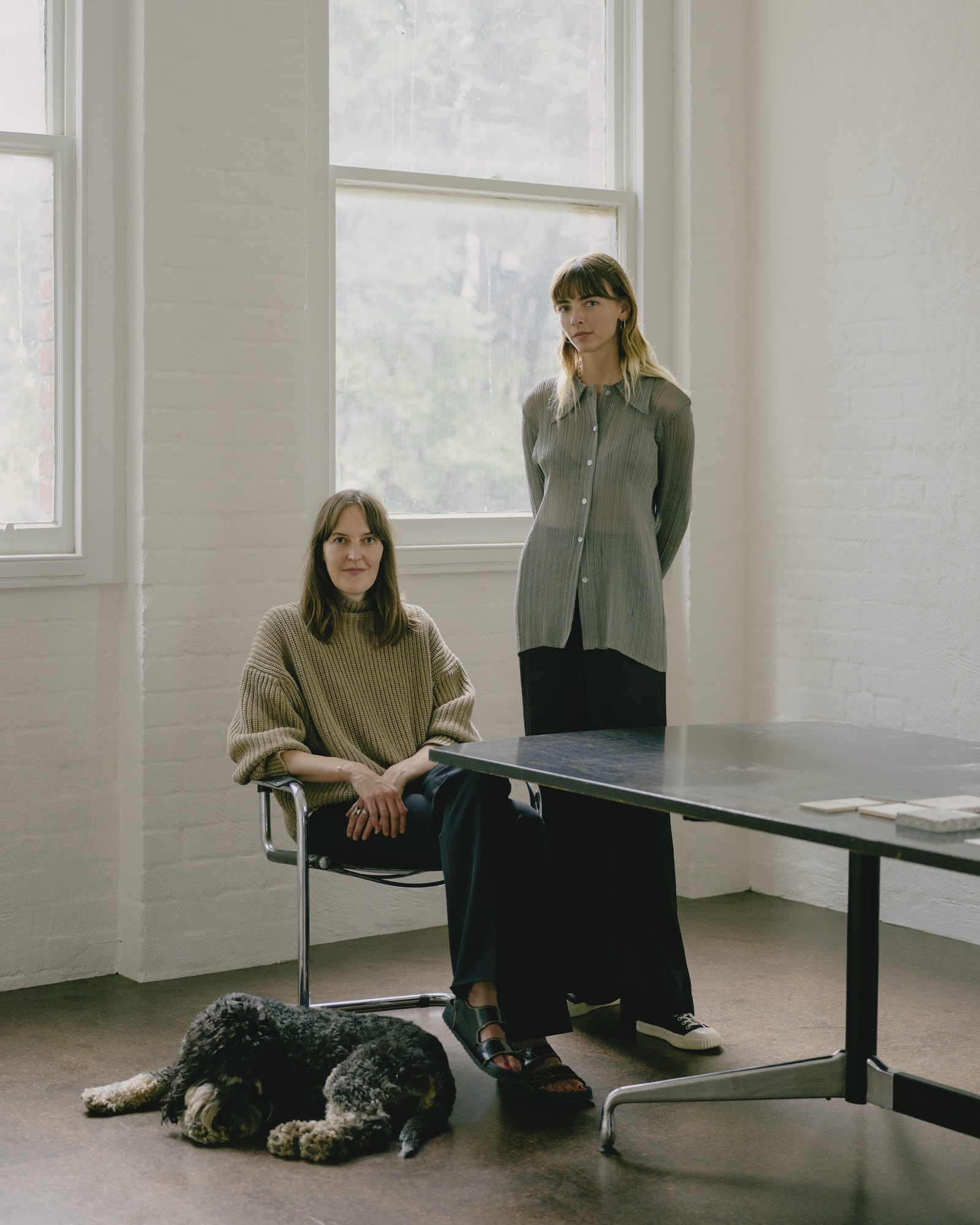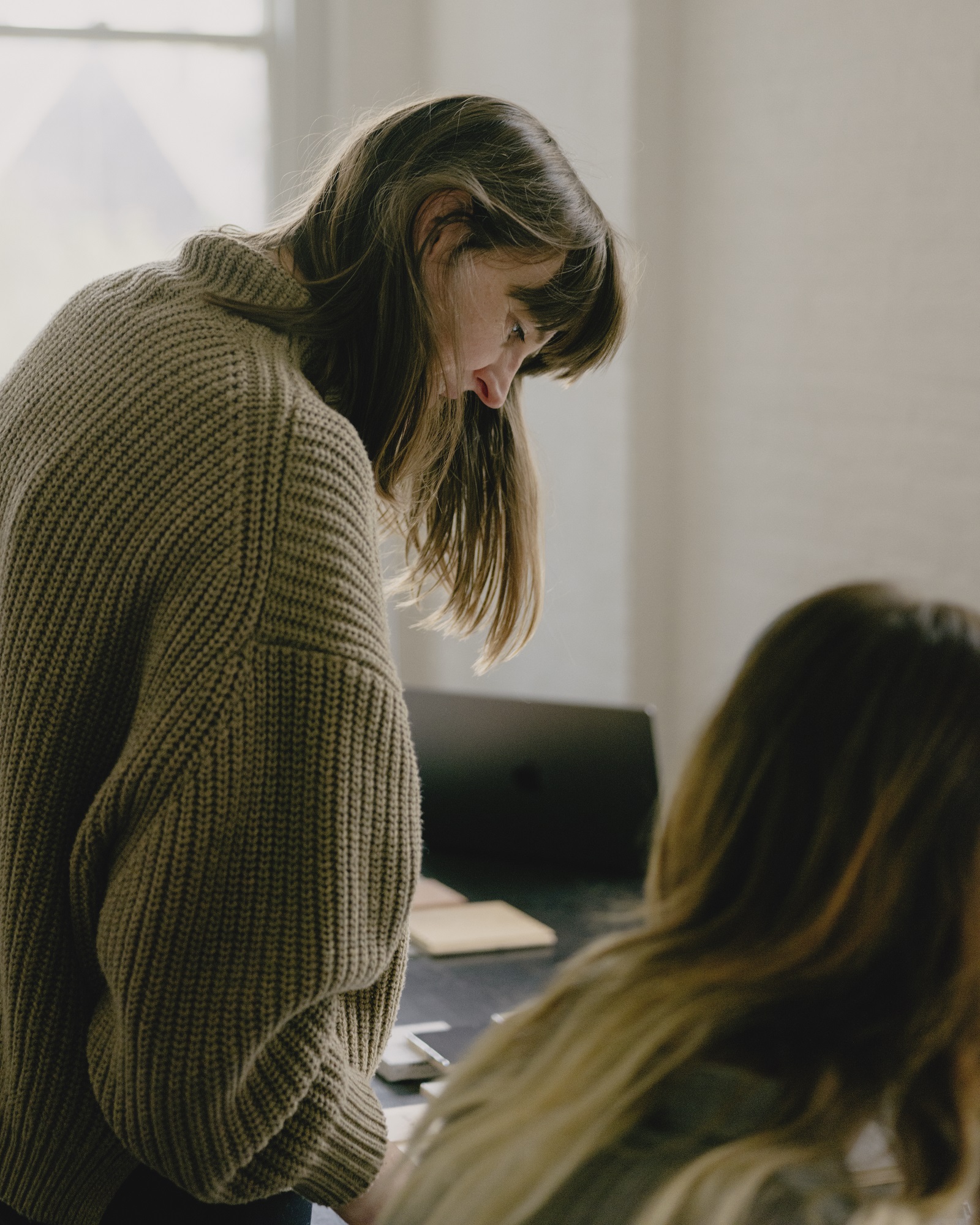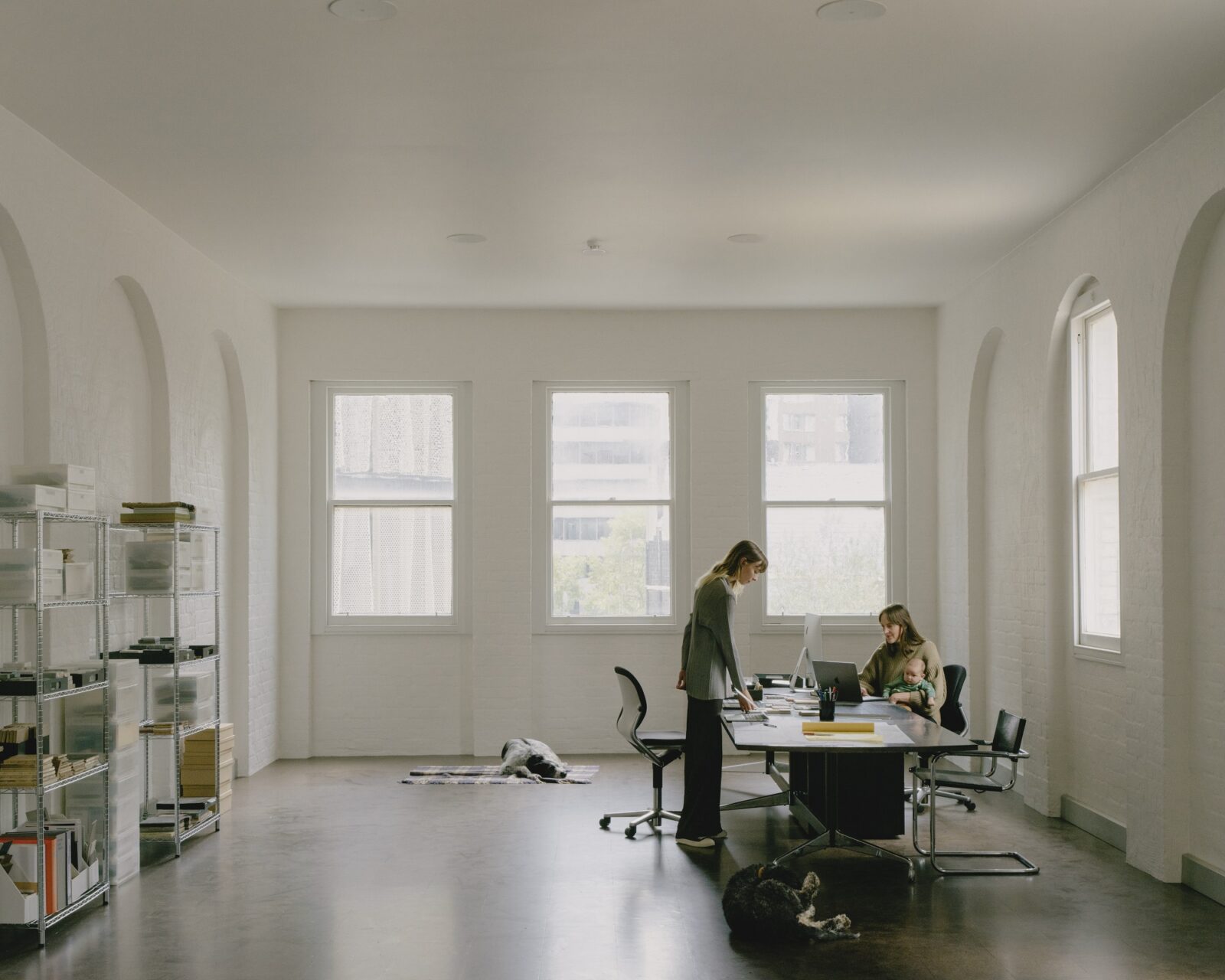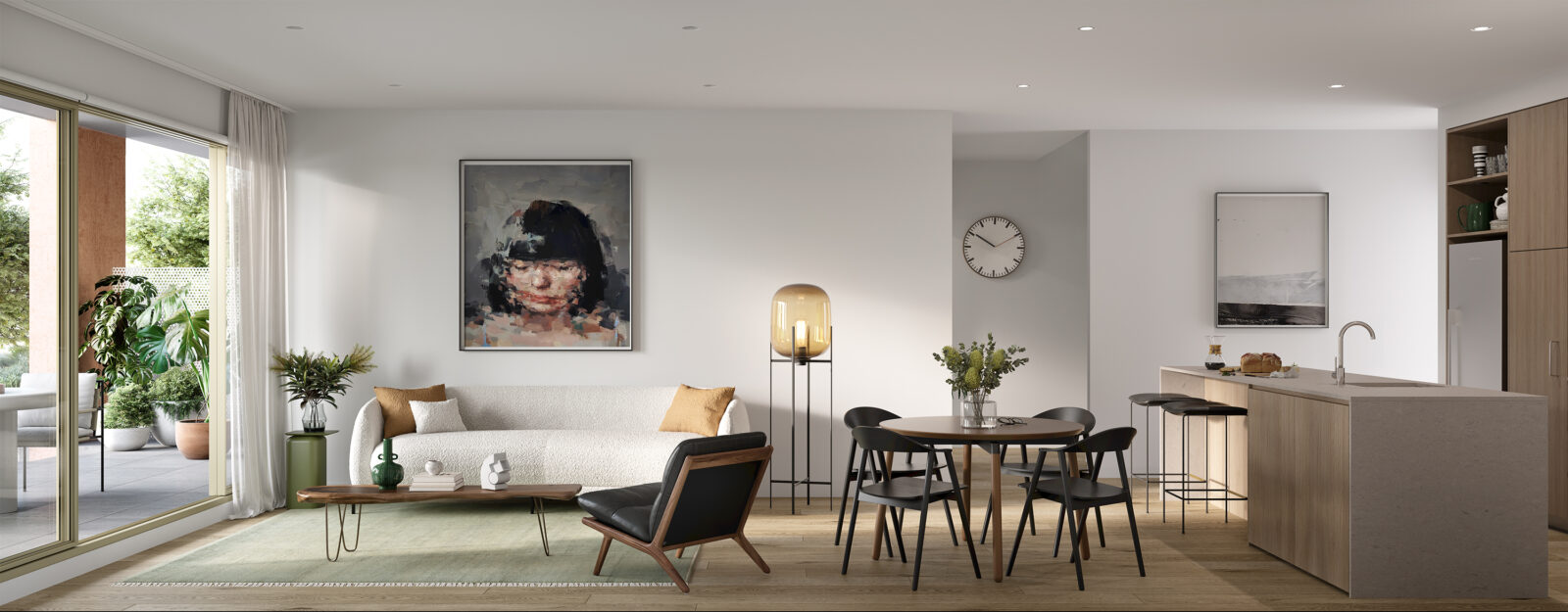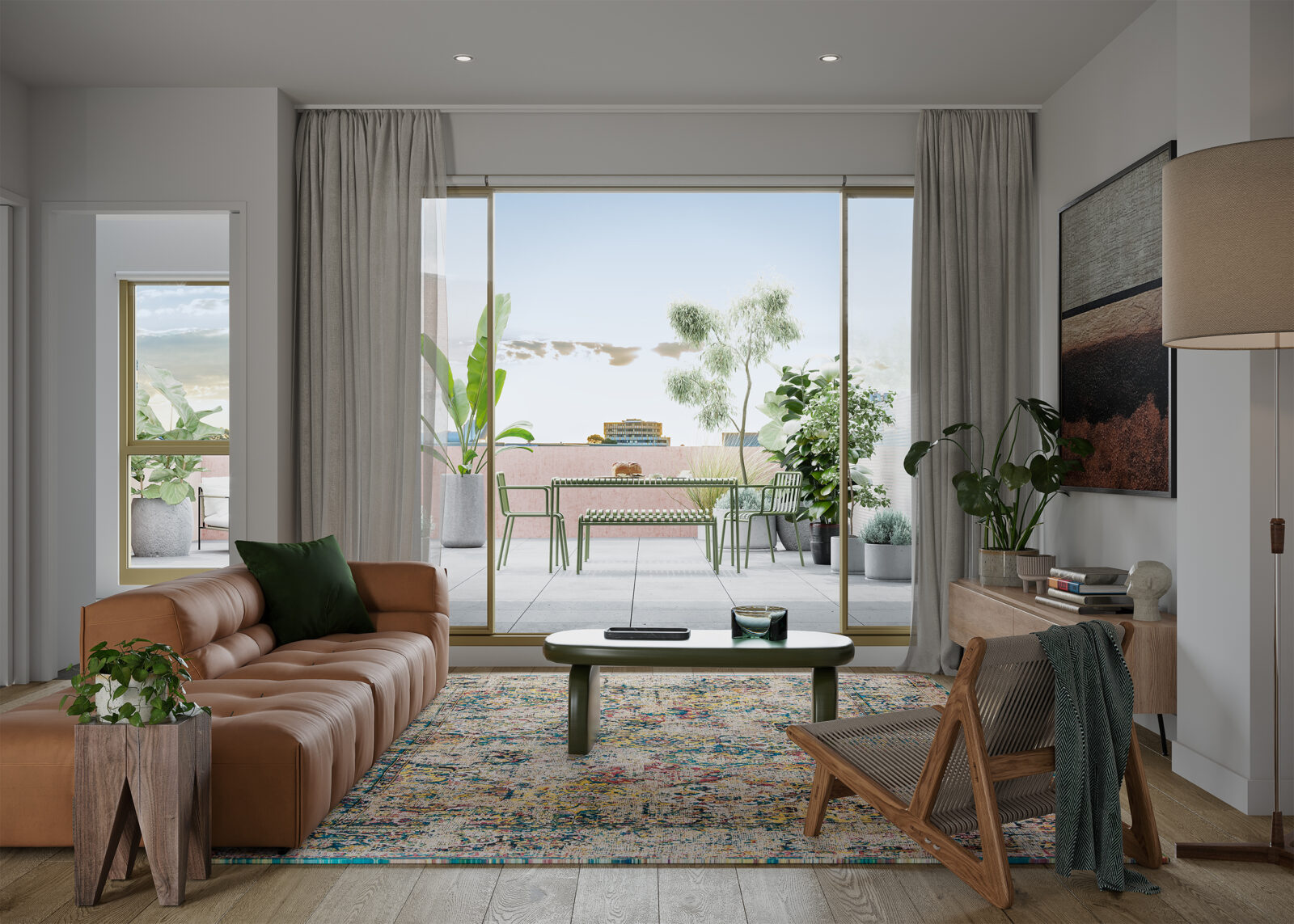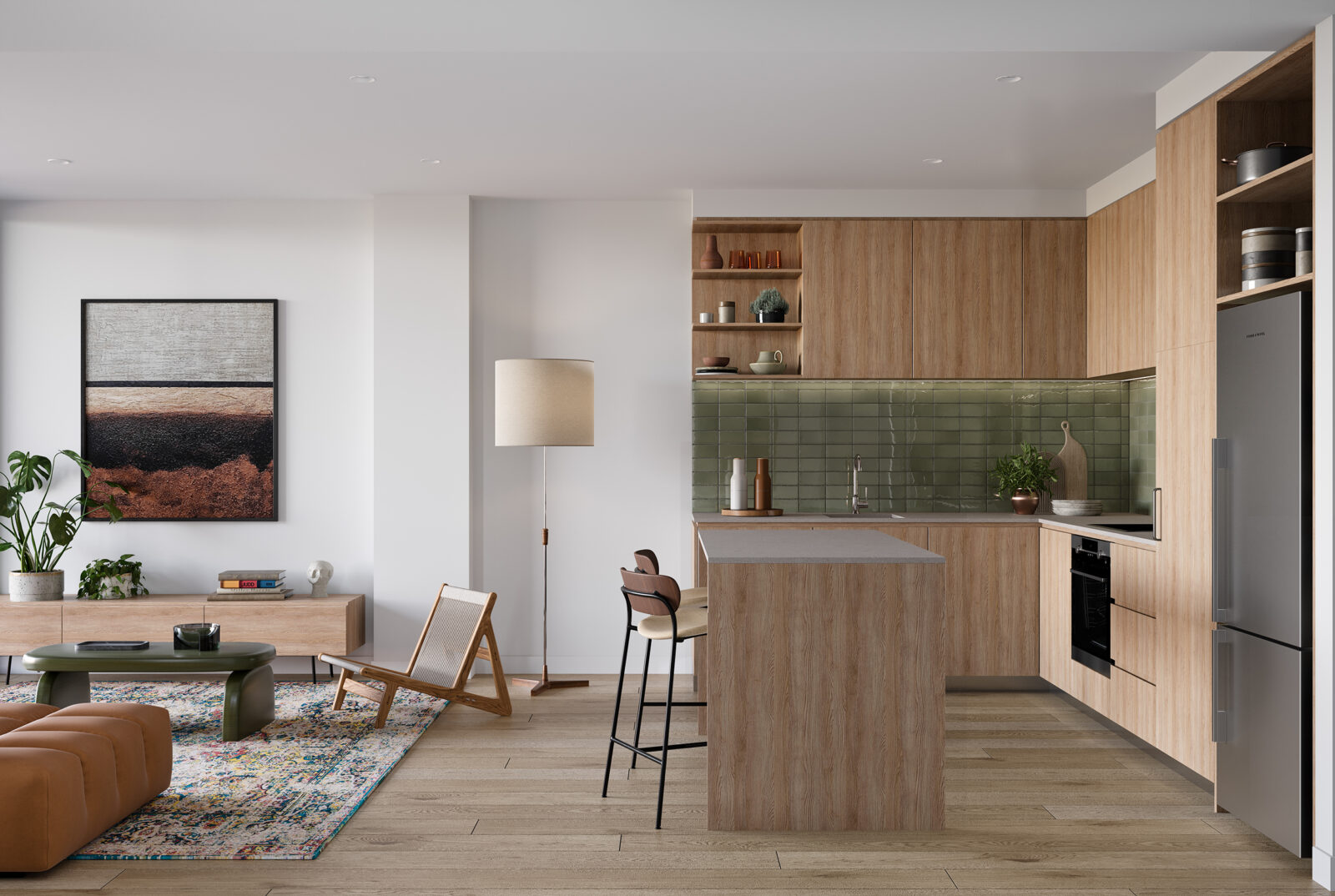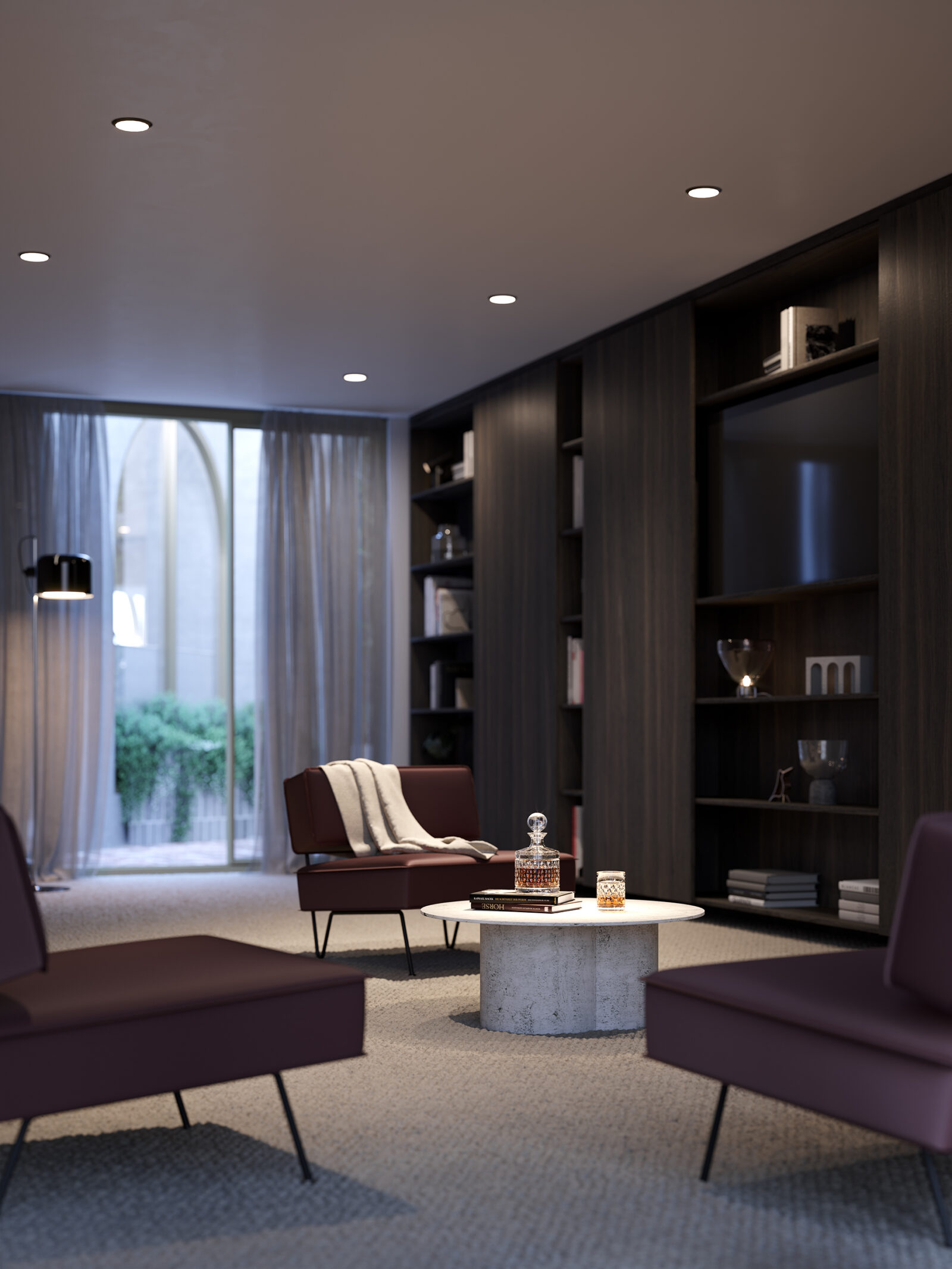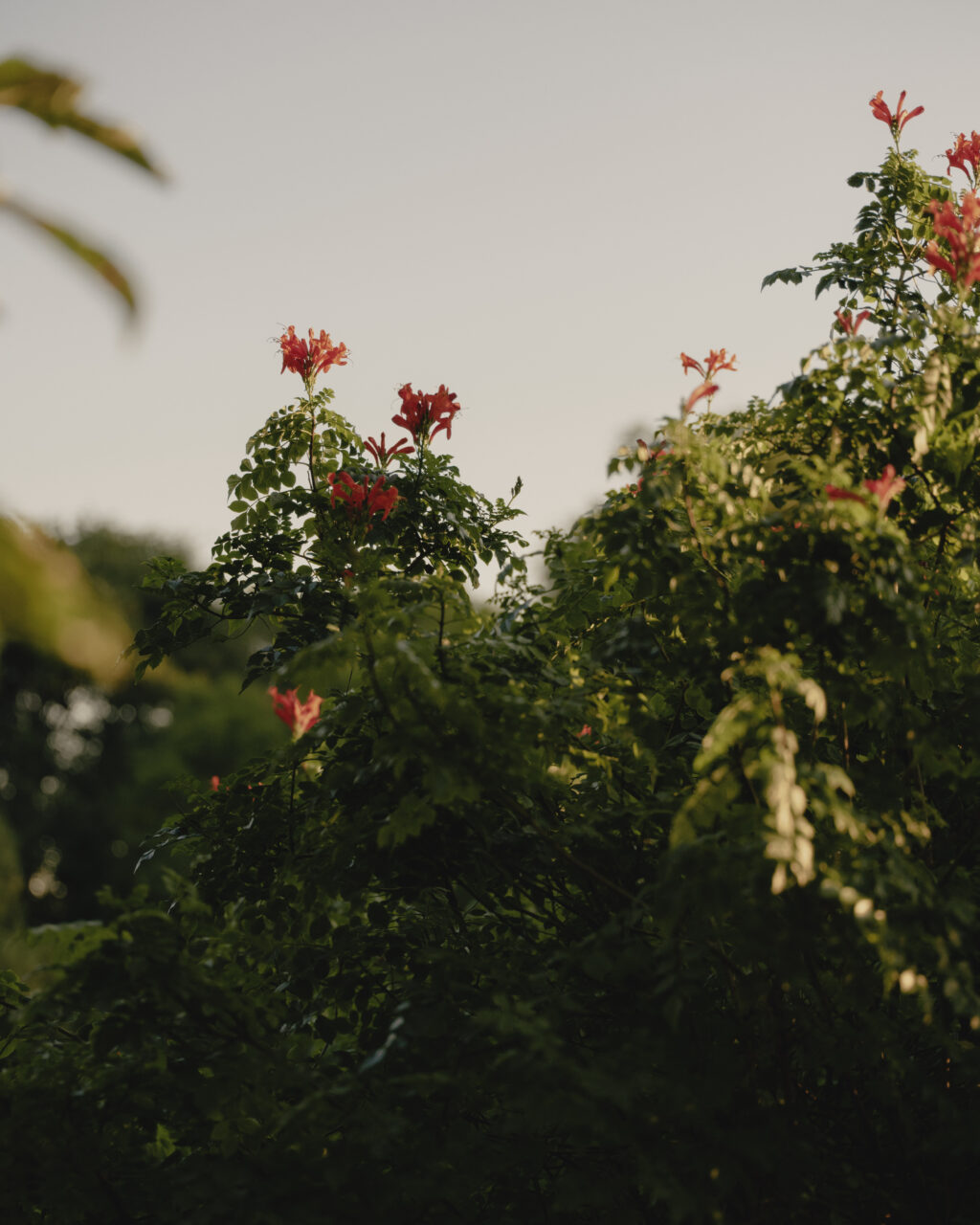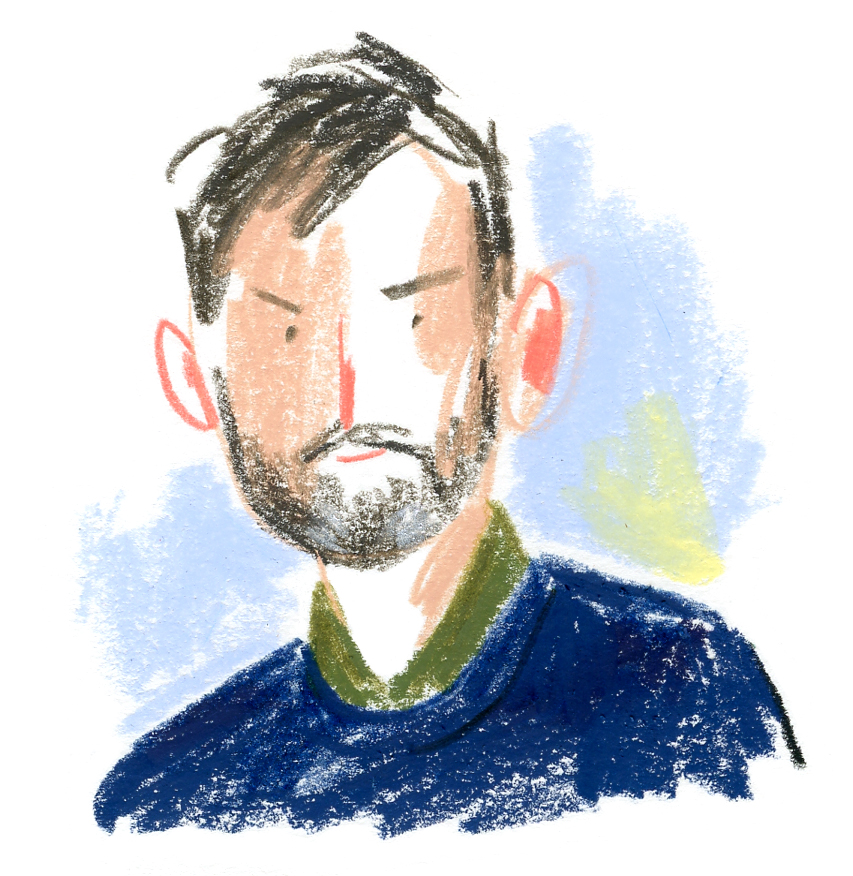Coburg has developed an identity that’s full of character and unpretentious appeal. Here’s a look back at this unique neighbourhood’s storied past and a glimpse into its promising future.
Read More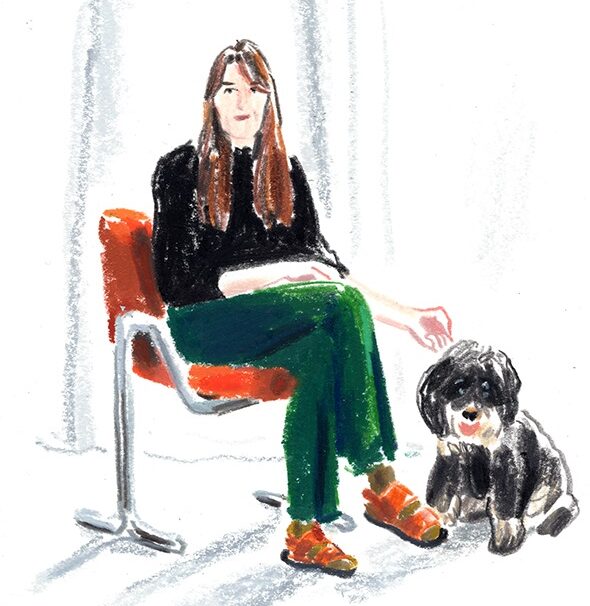
A conversation with Pip McCully, Director of Studio Wonder
We spoke with Pip McCully about Studio Wonder’s involvement with Pace 3058 and how the design practice captured the true essence of Coburg within the resident amenities and common areas of the project.
Journals
view allStories
26.05.2022
A conversation with Damien Cuypers
Renowned and revered within the art community, New York-based Damien Cuypers applies his artistic vision to Pace 3058. Produced in his trademark whimsical vibrancy, his illustrations provide a refreshing interpretation of the local area.
Read More